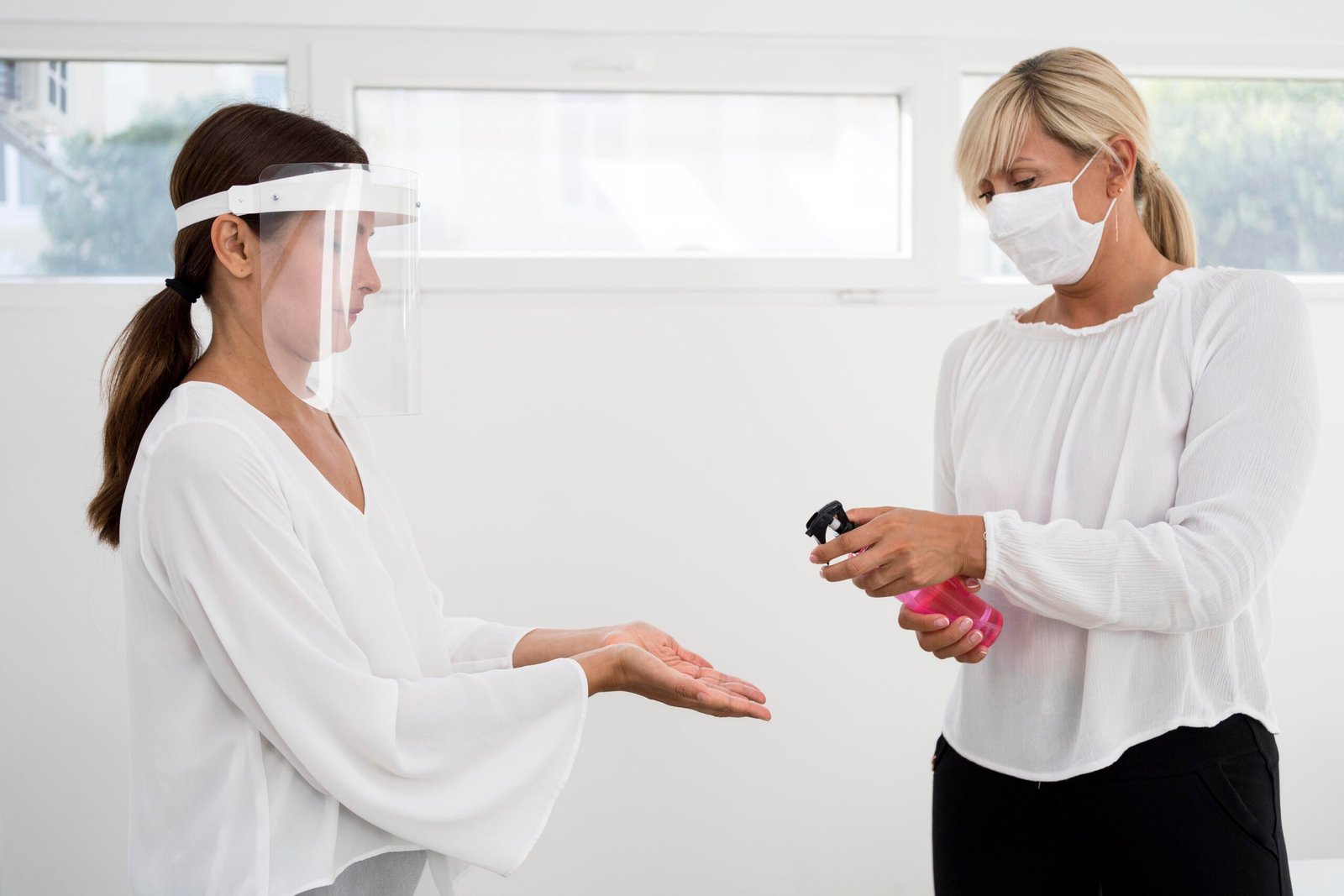When it comes to caring for children, pediatric medical assistants play a crucial role in ensuring a smooth, supportive experience for both patients and healthcare providers. These professionals work alongside pediatricians to provide administrative and clinical support. If you’re considering a career in healthcare, the role of a pediatric medical assistant offers a blend of patient care and essential medical tasks that are rewarding and in demand.
What Does a Pediatric Medical Assistant Do?
Overview of Daily Responsibilities
Pediatric medical assistants juggle a variety of tasks, ranging from handling paperwork to assisting in direct patient care. Their work ensures that pediatric practices run smoothly, helping doctors focus more on treating young patients.
Administrative Duties
- Managing Patient Records: Pediatric medical assistants maintain and update children’s medical records, ensuring all important information is current.
- Scheduling Appointments: From routine check-ups to follow-ups, they handle appointment bookings and make sure that the pediatrician’s schedule is well-organized.
Clinical Duties
- Taking Vital Signs: One of the most common tasks is recording a child’s height, weight, temperature, and other vital signs.
- Assisting in Examinations: Pediatric medical assistants prepare young patients for examinations and assist the doctor during check-ups.
- Giving Vaccinations: In many settings, they are responsible for administering vaccines, especially in pediatric care, where vaccinations are a routine part of patient visits.
Essential Skills for a Pediatric Medical Assistant
Communication Skills
Being able to communicate clearly with children, parents, and healthcare staff is vital. Pediatric medical assistants must convey instructions and information effectively.
Empathy and Patience
Children can be nervous or frightened in medical environments. Pediatric medical assistants need to demonstrate patience and empathy to put young patients at ease.
Clinical Knowledge and Competence
Having a solid understanding of basic medical procedures, especially in pediatrics, is essential for this role.
Multitasking and Time Management
With a mix of administrative and clinical responsibilities, pediatric medical assistants need to be excellent at multitasking and managing their time efficiently.
Educational Requirements
To become a pediatric medical assistant, most employers require at least a high school diploma or GED. Further specialized training in pediatric care is an advantage.
Certification Programs
While certification is not always required, many employers prefer candidates with credentials from programs like those offered by the American Association of Medical Assistants (AAMA).
Specialized Pediatric Training
Some medical assistant programs offer courses focused on pediatric care, which can give you an edge in this field.
Certifications and Licensing
Certified Medical Assistant (CMA)
Earning a CMA certification demonstrates a high level of competency and can improve job prospects.
Pediatric Advanced Life Support (PALS)
PALS certification is an asset for pediatric medical assistants, as it covers emergency protocols and life-saving techniques for children.
Work Environment of Pediatric Medical Assistants
Pediatric medical assistants work in a variety of settings:
- Pediatric Clinics
- Hospitals
- Private Practices
They frequently collaborate with pediatricians, nurses, and other healthcare professionals to ensure that young patients receive the best possible care.
Salary Expectations
The salary for pediatric medical assistants varies based on experience, location, and certification levels. On average, they can expect to earn between $30,000 and $45,000 annually. Specialized certifications and working in metropolitan areas can push salaries higher.
Career Growth and Advancement Opportunities
Pediatric medical assistants have several avenues for advancement. With further education, they can:
- Specialize in specific areas of pediatric care.
- Transition into roles such as nursing or become physician assistants.
- Take on leadership roles within pediatric departments.
Challenges Faced by Pediatric Medical Assistants
Emotional Strain of Working with Children
Dealing with sick children and their anxious parents can be emotionally taxing. It’s important to develop coping mechanisms for the emotional challenges of this career.
High-Paced Environment
Healthcare settings can be fast-paced and demanding, requiring focus and the ability to handle pressure.
Communication Barriers
Working with children requires a special level of communication to explain procedures in a way that is easy for them to understand.
Why Choose a Career as a Pediatric Medical Assistant?
If you’re passionate about healthcare and enjoy working with children, this career offers a rewarding path. Pediatric medical assistants are highly valued members of healthcare teams, making a real difference in the lives of young patients.
How to Become a Pediatric Medical Assistant
- Step 1: Obtain a high school diploma or GED.
- Step 2: Enroll in a medical assistant training program.
- Step 3: Gain certification, such as the CMA or PALS.
- Step 4: Seek specialized pediatric training if available.
Day in the Life of a Pediatric Medical Assistant
A typical day involves greeting patients, recording vital signs, assisting the pediatrician with exams, administering vaccinations, and comforting young patients during their visits. You will also manage administrative tasks such as updating medical records and scheduling appointments.
Pediatric Medical Assistant vs. Other Medical Assistants
Key Differences
Pediatric medical assistants focus specifically on caring for children, while other medical assistants may work with adults or specialize in other areas of medicine.
Similarities in Roles
Both pediatric and general medical assistants perform administrative and clinical duties, ensuring healthcare facilities run efficiently.
The Future of Pediatric Medical Assistants
With advancements in healthcare technology, pediatric medical assistants may find themselves working with new tools such as telemedicine platforms and electronic health record systems. The demand for pediatric medical assistants is expected to remain strong due to a growing pediatric population.
Conclusion
Pediatric medical assistants are essential to providing compassionate, efficient care for children. With the right education, skills, and dedication, this career offers both fulfillment and opportunities for growth in the healthcare field.
FAQs
- What is the difference between a pediatric medical assistant and a regular medical assistant?
Pediatric medical assistants focus solely on children, while regular medical assistants may work with patients of all ages. - Do pediatric medical assistants need special training?
While not always required, specialized training in pediatrics can be beneficial and make candidates more competitive. - How long does it take to become a certified pediatric medical assistant?
Typically, it takes about 1-2 years to complete a certification program. - Can pediatric medical assistants administer vaccinations?
Yes, in many settings, they are responsible for administering vaccines to children. - What is the career outlook for pediatric medical assistants?
The career outlook is positive, with demand expected to remain strong as pediatric care continues to grow.



